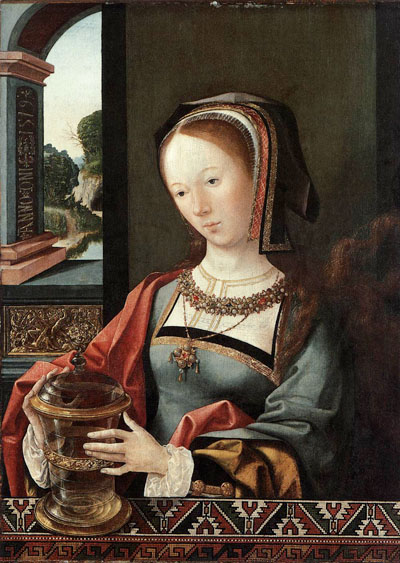
|
|
Kuba Karagashli
rug / Quba Qaraqaşlı xalçası CODE: KUKAR09 Size (metric): 102x151cm Size (ft): 3'4"x4'11" Area: 1.54 m2 Density: 170 000 knots per square meter, totally ~250 000 knots Weaving period: 3 (three) months Colors: medium madder red, light sky blue, medium blue, light brown (walnut), maroon, beige, sage green, medium yellow, natural ivory, natural brown. Dyes: 100% natural dyes: madder, weld (Reseda Luteola), indigo, pomegranate skins, walnut husks, natural brown sheep wool, natural ivory sheep wool - all are eco-friendly and non-toxic Materials: Handcarded and handspun wool for pile, ivory wool warps and ivory wool wefts (two ply, two shots) Handwoven in Azerbaijan, dated 1436 (2015) Weavers' name: Govhar Design: The light blue field with a variety of geometric and floral elements around an ivory central lozenge (harshang) flanked by serrated red medallions, in a golden yellow glass and serrated leaf border, between dark blue and madder-red flowerhead stripes, ivory linked S-motif and plain brown outer stripes inspired by the mid 19th century Sotheby's Karagashli rug |
|
Contact us for more information about this rug
.jpg)
.jpg)
.jpg)
.jpg)
.jpg)
.jpg)
.jpg)
.jpg)
.jpg)

So called "Leaf and calyx"
border on a 15-16th century Turkish or Caucasian rug
Jacob Cornelisz van Oostsanen's
"Mary Magdalene", 1519
.jpg)
 candelabra |
 grape leaf |

|
For more information about the above rug or to place an order please email vd@azerbaijanrugs.com (Baku, Azerbaijan) or ra@azerbaijanrugs.com (San Francisco Bay Area). We will get back to you within 24 hours or less. |